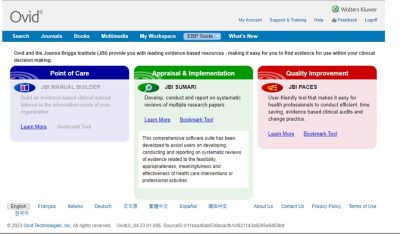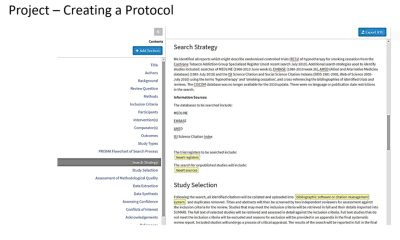As team science and research articles with multiple authors (not to mention the “hyperauthorship” of “big team” science) have become the norm in the biomedical sciences, tools that help with tedious tasks (like keeping track of the credentials, affiliation and contact information for an unwieldy number of author contributors) are increasingly being developed and adopted by researchers eager for a simplified process.
In a previous blog post, the National Cancer Institute’s AuthorArranger tool was discussed. Developed in 2018, the AuthorArranger helps researchers collect the key author and affiliation details needed for manuscript submission. Although this tool is a huge time-saver and likely greatly increases the accuracy of the title page author information details transmitted to journal publishers, it could be even more useful if it collected some additional author data points (for example, ORCiD and individual author funding information).
In comes Tenzing, a more recent tool that elevates authorship data collection further, as it is “a web-based app that makes it easier for researchers to indicate who did what in their manuscripts”. Tenzing leverages the standardized CRediT (the Contributor Roles Taxonomy) system to collect details regarding how authors in different roles contributed to the project, in addition to, author contact, affiliation, ORCiD, and funding information.
To learn more about these tools and why they are so useful, see:
- Holcombe, A. O., Kovacs, M., Aust, F., & Aczel, B. (2020). Documenting contributions to scholarly articles using CRediT and tenzing. PLOS ONE, 15(12), e0244611. https://doi.org/10.1371/journal.pone.0244611
- Kovacs, M., Holcombe, A., Aust, F., & Aczel, B. (2021). Tenzing and the importance of tool development for research efficiency. Information Services & Use, 1–9. https://doi.org/10.3233/ISU-210109
- Giving CRediT Where Credit is Due! (March 29, 2021, Blog post by Donna Gibson)
- Farewell authors, hello contributors (nature.com, Holcombe, A)
- Announcing Tenzing. Today we’re releasing tenzing, a… | by Alex Holcombe | Medium
- Authorship: Giving credit where it’s due (Holcombe, A.)
- Nogrady B. Hyperauthorship: the publishing challenges for ‘big team’ science. Nature. 2023 Mar;615(7950):175-177. doi: 10.1038/d41586-023-00575-3. PMID: 36849643.
Questions? Ask Us at the MSK Library!

